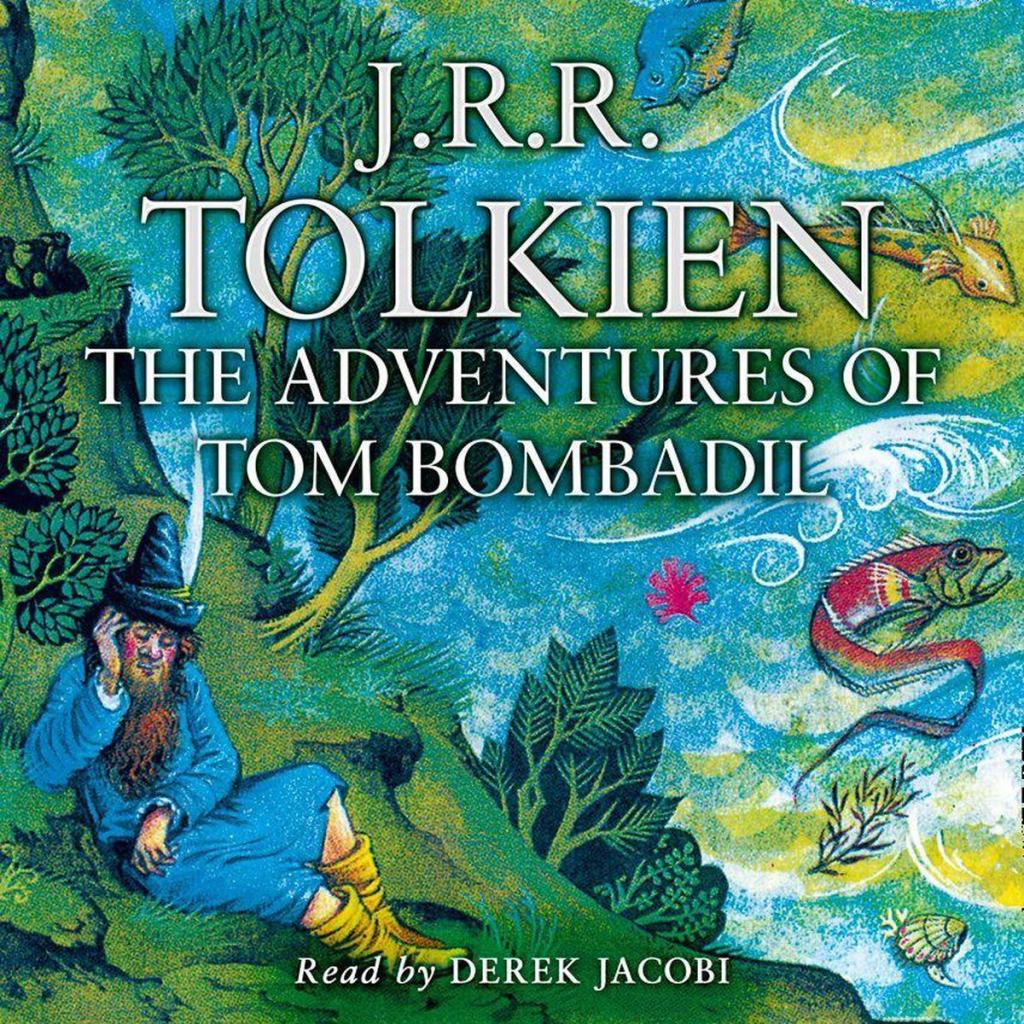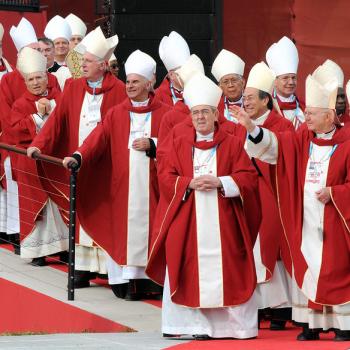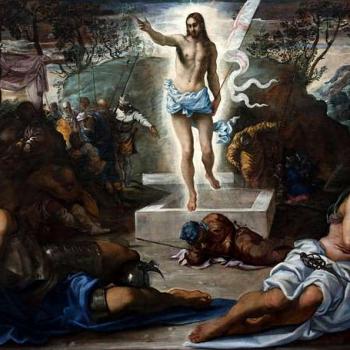One of the puzzles in J. R. R. Tolkien’s Hobbit and Lord of the Rings sagas is who–or what–is Tom Bombadil?
The jovial forest-dweller is a “merry fellow” who lives in a homey, cozy cabin similar to that of hobbits, but he has immense power. He makes short work of barrow-wrights and Old Man Willow, and, mysteriously, the Ring of Power has no power over him. Instead of hiding it as he usually does, Frodo feels like giving it to him. And when he slips it on, he doesn’t disappear!
Who is this guy? He isn’t an elf or a dwarf or a human or a hobbit or a wizard. He is too earthy to be an Ainur or a Valar or one of the other spiritual beings in the Silmarillion.
Tolkien wrote a poem about him, The Adventures of Tom Bombadil, but he doesn’t discuss him in the Silmarillion. Peter Jackson didn’t so much as include him in his movie versions of Tolkien’s tales.
My wife Jackie once went to a conference where she met Christopher Tolkien, the son of the great fantasy author who edited and published many of his father’s manuscripts. She asked him where Tom Bombadil fit into the Middle Earth universe. The younger Tolkien said that this is an excellent question, but that he didn’t really know. UPDATE: My wife informs that I got this wrong. She did meet Christopher Tolkien, but didn’t ask him this. She asked Clyde Kilby, who worked with both Tolkien and Lewis, and got this answer.
Some critics, picking up on a hint from Tolkien, said that he was some kind of spirit of a place. But that hardly explains his power. Some critics pick up on his wife Goldberry’s answer when Frodo asked her about him: “He is.” That sounds like how God identifies Himself to Moses–“I am who I am” (Exodus 3:14)– so they maintain that Tom represents God. But Tolkien dismissed that interpretation. After all, Tom is described as being basically indifferent to the intrigues of Middle Earth, and at the Council of Elrond when someone solving the problem of the Ring by giving it to Bombadil, Gandalf says that he would be so uninterested in the thing that he would probably just misplace it. That’s not how God would be.
But I just came across a post from a fan at GameRant that offers the best explanation that I have come across. From Melissa C., Who Is Tom Bombadil And What Is His Significance In LOTR?:
Tom Bombadil’s exact age is not known, but it is said he existed since sometime before the first Dark Lord (Melkor) rose to power. His exact race is not known, and he remains mysterious—although with some apparent magical and spiritual abilities. Tom Bombadil lived with his wife, Goldberry, just east of the Shire in the Old Forest. He has a few titles, like The First and Eldest. In the book, Tom even states that he “was here before the river and the trees” and he “remembers the first raindrop and the first acorn,” suggesting he may have been the very first creature to live in Middle Earth (along with Treebeard, though Tom was first). Being so old and in seemingly good health, Tom Bombadil is an enigma. In addition to being the first living creature to exist in Middle Earth, Tom may also be the first creature in all of Arda—or the world. . . .
Each race gave Tom Bombadil a different name, but the name given by the Elves—Iarwain Ben-adar, which meant Oldest and Fatherless in Elven—says a lot.
So Tom Bombadil would be the equivalent of Adam! Not the father of all living, since, unlike our world, Middle Earth has many kinds of intelligent beings. Imagine what an unfallen Adam would be like! If he hadn’t sinned, he would not die. His dominion over the natural order would be complete. As age after age passed away for him, he would be unlikely to care too much about the transitory affairs of the rest of us.
His literary creator did say one more thing about him that is important: “Even in a mythical Age,” he wrote in a letter, “there must be some enigmas, as there always are. Tom Bombadil is one (intentionally)”.
In his imaginary sub-creation, Tolkien does not make everything cut and dry, creating a closed rational system. Rather, he stimulates our imagination by deliberately building in enigmas–mysteries–which add to our sense of wonder.
And so it is in our real world.
Image from Amazon.com














